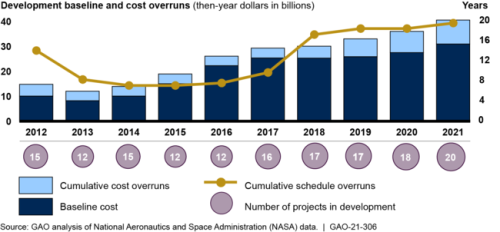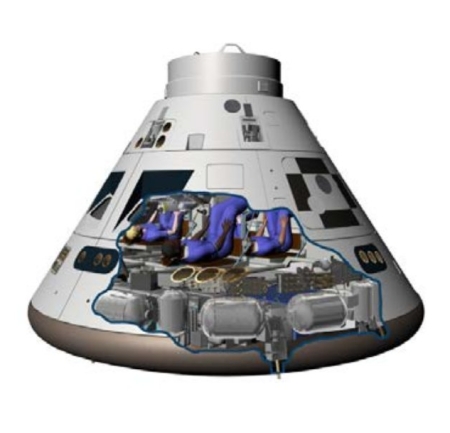NASA admits manned lunar landing can’t happen before ’25
NASA administrator Bill Nelson admitted today that the goal of landing Americans back on the Moon by 2024 was impossible, and that the agency has now delayed that target date one year to 2025.
Nelson attempted to blame the delay on Blue Origin’s lawsuit against NASA for its award of the manned lunar lander contract to SpaceX.
He blamed the shifting timeline on a lawsuit over the agency’s moon lander, to be built by SpaceX, and delays with NASA’s Orion capsule, which is to fly astronauts to lunar orbit. “We’ve lost nearly seven months in litigation, and that likely has pushed the first human landing likely to no earlier than 2025,” Mr. Nelson said, adding that NASA will need to have more detailed discussions with SpaceX to set a more specific timeline.
This however is a bald-faced lie. The Trump 2024 deadline was never realistic. Moreover, delays in SLS and Orion have been continuous and ongoing for years, all of which made a ’24 landing quite difficult and if attempted extremely unsafe. Even as it is, trying this mission by ’25 is risky, especially if it depends on SLS. Moreover, as the article notes, how SLS, Orion, and SpaceX’s Starship will team up to get this mission — designed by a committee — to and from the Moon remains exceedingly unclear.
With great confidence I predict that if the lunar mission depends on SLS in any manner, it will not launch in ’25 either.
NASA administrator Bill Nelson admitted today that the goal of landing Americans back on the Moon by 2024 was impossible, and that the agency has now delayed that target date one year to 2025.
Nelson attempted to blame the delay on Blue Origin’s lawsuit against NASA for its award of the manned lunar lander contract to SpaceX.
He blamed the shifting timeline on a lawsuit over the agency’s moon lander, to be built by SpaceX, and delays with NASA’s Orion capsule, which is to fly astronauts to lunar orbit. “We’ve lost nearly seven months in litigation, and that likely has pushed the first human landing likely to no earlier than 2025,” Mr. Nelson said, adding that NASA will need to have more detailed discussions with SpaceX to set a more specific timeline.
This however is a bald-faced lie. The Trump 2024 deadline was never realistic. Moreover, delays in SLS and Orion have been continuous and ongoing for years, all of which made a ’24 landing quite difficult and if attempted extremely unsafe. Even as it is, trying this mission by ’25 is risky, especially if it depends on SLS. Moreover, as the article notes, how SLS, Orion, and SpaceX’s Starship will team up to get this mission — designed by a committee — to and from the Moon remains exceedingly unclear.
With great confidence I predict that if the lunar mission depends on SLS in any manner, it will not launch in ’25 either.


